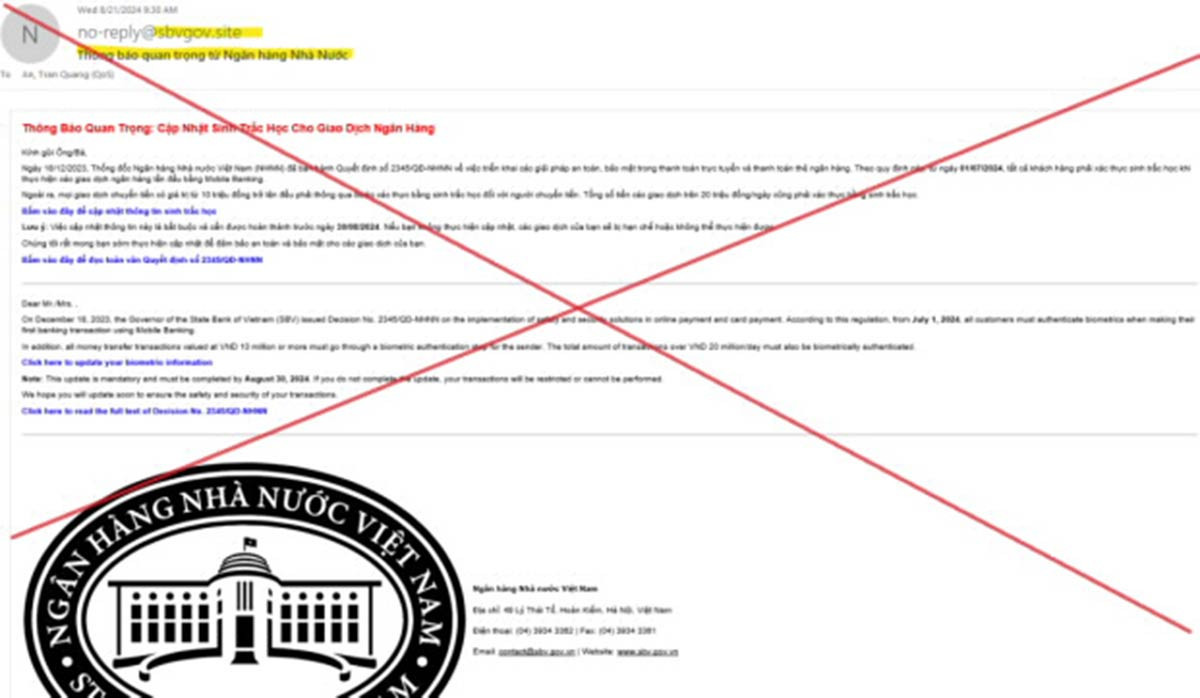
On August 22, the Department of Cyber Security and High-Tech Crime Prevention received a report from T from Long Bien district. T said a social network acquaintance of hers suggested that she invest in the welfare fund of a large corporation. The acquaintance showed a link to the corporation’s website where T found a logo, information and brand images. As the information on the website appeared to be reliable, she decided to invest in the fund.
The scammer told her that the investment fund had trillions of dong, and if T invested VND2 million in the fund (VND2 million was the required minimum), she would see a profit of 1.32 percent after 15 minutes.
T transferred VND2 million into an account and saw profit of 1.32 percent after 15 minutes. As she wanted to make even more profit, she decided to invest VND60 million in the fund the next day in order to have profit of 3.12 percent after 15 minutes as promised.
She then made a bigger deal for more profit. However, after transferring VND17.3 billion to the account, her command to withdraw money failed and the system reported errors. After that, she was asked to transfer more money for authentication and risk insurance.
She had doubts about the transaction and reported the incident to the police.
The State Bank of Vietnam (SBV) has issued a warning about a new type of fraud. Scammers forge SBV’s email interface to send emails and seduce people and clients to click on forged links to update their personal biometric information.
To win customers’ confidence, scammers cite regulations in SBV’s Decision No 2345 dated December 18, 2023 on measures ensuring security in online payments and payments via bank cards, asking the email recipients to update their personal biometric information by clicking on URLs provided by scammers.
The forged mailbox, at no-reply@sbvgov.site, provided inaccurate information and two links, including one requesting biometric information prior to August 30, 2024, and the full text of Decision 2345, attached to the forged email.
Email senders try to seduce recipients to click on the forged links to download and install apps for biometric information. But the files they download contain malware and spy software that exploits clients’ information in order to hijack their personal device.
Tien Dung